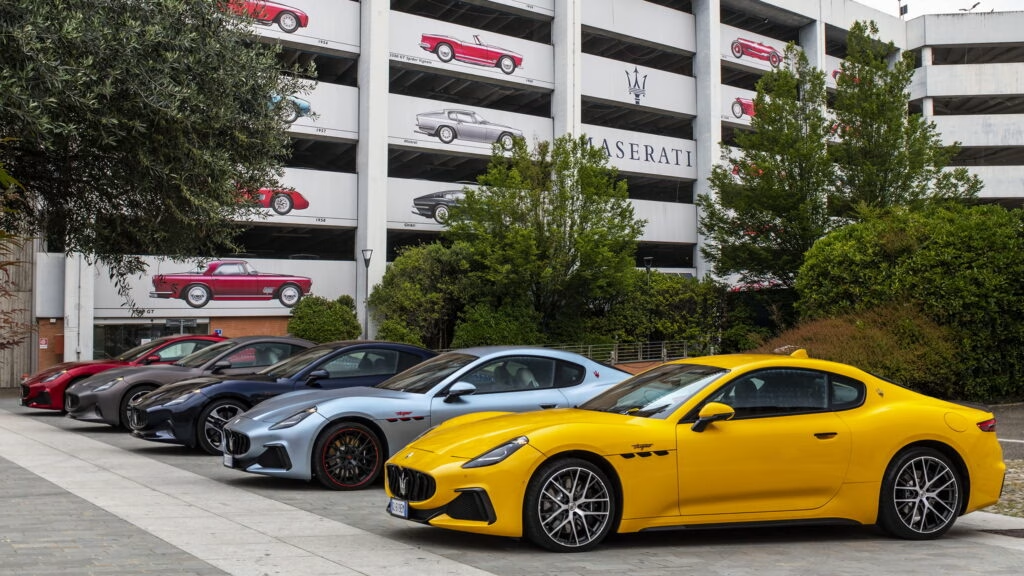Maserati is making a significant shift in its production strategy, moving the assembly of its GranTurismo and GranCabrio models from the Mirafiori plant in Turin to its historic headquarters in Modena. This decision, set to take effect in the fourth quarter of 2025, is not just a logistical change; it’s a reaffirmation of Maserati’s commitment to its roots in the Motor Valley, a region synonymous with automotive excellence.
Why the Move to Modena?
The relocation of production is primarily driven by the need to free up space in the Mirafiori plant for the upcoming Fiat 500 Hybrid. This compact vehicle is projected to have a production capacity of around 100,000 units annually, making it a strategic priority for Stellantis, Maserati’s parent company. In contrast, Maserati’s grand tourers have seen a significant decline in sales, plummeting from 26,600 units in 2023 to just 11,300 in 2024. This downturn has led to the cancellation of several projects, highlighting the challenges the brand faces in today’s competitive automotive market.
Maserati’s decision to consolidate production in Modena is a nod to its storied history. The Viale Ciro Menotti plant, where the GranTurismo and GranCabrio will be assembled, is not only the birthplace of these models but also home to the MC20 Coupe and the innovative V6 Nettuno powertrain. This facility is touted as one of the most advanced in Italy, positioning Modena as a luxury hub within the Stellantis Group.
What Does This Mean for Workers?
The transition will also impact the workforce. Most of the employees currently working on Maserati’s line in Mirafiori will be redirected to the production of the Fiat 500 Hybrid, while others will be reassigned to different roles within the plant, such as producing the eDCT gearbox. Interestingly, while the assembly will take place in Modena, the bodywork and painting for the GranTurismo and GranCabrio will still be handled in Turin, maintaining a connection between the two facilities.
Maserati CEO Santo Ficili expressed pride in this strategic decision, emphasizing the blend of industrial heritage and future capabilities. He noted that this move strengthens Maserati’s roots while also allowing for the flexibility and innovation that modern consumers expect. The brand’s commitment to the local community remains steadfast, as it seeks to create new growth opportunities in the region.
The Future of Maserati
While the future may seem uncertain for Maserati, the company is actively working to adapt to the evolving automotive landscape. The GranTurismo, unveiled in 2022, and the GranCabrio, which followed in 2024, both utilize an upgraded version of the Alfa Romeo Giorgio architecture. This platform offers options for both V6 and fully electric (Folgore) powertrains, reflecting Maserati’s commitment to innovation and sustainability.
In a world increasingly focused on electric vehicles, Maserati’s pivot towards hybrid and electric options is crucial. The automotive industry is undergoing a transformation, and brands that can adapt quickly will likely thrive. Maserati’s decision to consolidate its production in Modena could be a strategic move to streamline operations and focus on delivering high-quality, performance-driven vehicles that resonate with luxury consumers.
The big takeaway? Maserati’s shift isn’t just about moving production—it’s about embracing its heritage while navigating a challenging market. By focusing on innovation and community, Maserati aims to carve out a sustainable future. So, whether you’re a die-hard fan or just curious about luxury cars, keep an eye on how this iconic brand evolves in the coming years.

